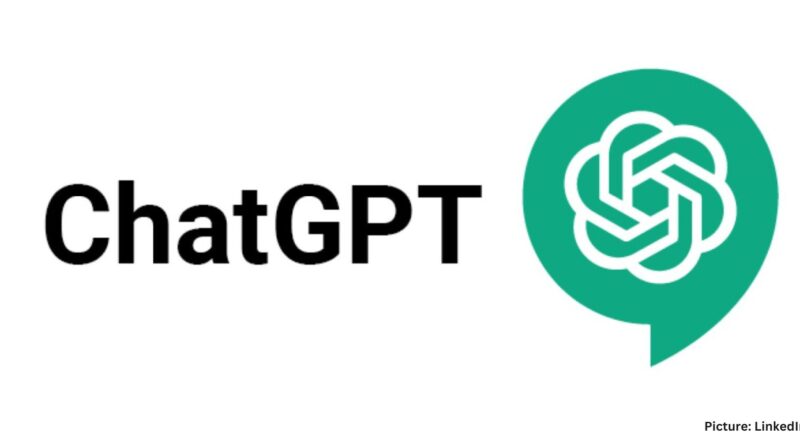Zoomtopia 2025: Innovation, AI, and the Future of Work
The annual Zoomtopia 2025 event has once again positioned itself as a key indicator of where the future of work is heading. Held virtually on September 17, this year’s theme — “Zoom for the People” — highlighted Zoom’s mission to empower users through smarter collaboration, human connection, and the growing influence of artificial intelligence.
However, a crucial question loomed over the event: Can Zoom continue to innovate and remain relevant in a world where many workers are returning to physical offices, while tech giants are racing ahead with AI integration?
Is Zoom Innovating Fast Enough for the Hybrid Era?
One of the major conversations at Zoomtopia 2025 centered on the ongoing back-to-office movement across many U.S. industries. From banking to technology, companies are increasingly calling teams back to the office, threatening the kind of growth Zoom saw during the pandemic.
Zoom’s strategy is clear — to make virtual collaboration more valuable than being in person. CEO Eric Yuan introduced Zoom as an AI-powered work platform, not merely a video meeting tool. He emphasized that Zoom is evolving to integrate video, voice, and automation in a way that turns routine online meetings into opportunities for faster decisions and stronger outcomes.
New updates to Zoom AI Companion and the idea of building digital twins of users illustrate this direction. These digital assistants aim to handle scheduling, note-taking, and project follow-ups automatically — turning remote meetings into efficient, action-driven spaces.
Still, the challenge remains: can technology truly replicate the spontaneous creativity of in-person interactions or the intangible energy of hallway conversations?
Zoom’s Bold AI Vision: The AI Companion and Digital Twin
If there was one overarching theme at Zoomtopia 2025, it was undoubtedly AI. Eric Yuan even introduced his AI avatar, designed to handle repetitive tasks — a preview of the company’s focus on intelligent automation.
Zoom unveiled AI Companion 3.0, which adds deeper integration across workflows — from summarizing meetings and automating tasks to managing communications and travel. The long-term goal? A personal digital twin that understands users’ preferences, context, and work routines well enough to assist with decision-making.
Yuan made it clear that the user remains the decision-maker, but this AI within Zoom aims to act as a digital manager that helps workers save time and improve productivity.
Zoom also showcased how businesses like Talkspace and Upwork are already leveraging AI-driven automations for greater efficiency. Yet, despite the bold vision, competition is fierce. Microsoft integrates Copilot with Teams and Windows, while Google builds AI tools into Workspace. Zoom’s challenge is to make its version of AI feel distinct and indispensable.
Zoom’s Strategic Focus: Simplicity, Efficiency, and Customer Connection
Zoom used the event to clarify its strategic direction, based on three core pillars:
It just works – Zoom remains committed to being simple, secure, and reliable — qualities that built its early success.
Make every second count – Through AI Companion, Zoom reduces repetitive work by summarizing meetings, assigning tasks, and syncing data with other business tools.
What matters to you – The platform is shaped by customer input, serving individuals, SMBs, and enterprise users alike.
Zoom also launched the Zoom Solopreneur 50, highlighting entrepreneurs and small business owners using Zoom to scale their ideas. This initiative underscores Zoom’s evolving identity — not just for corporations, but for individual professionals shaping the digital economy.
Why Partnerships Are Central to Zoom’s Growth
To thrive in the AI era, Zoom is expanding through strategic partnerships rather than isolation. Two highlight collaborations were announced during the event:
Cisco Partnership – A new Zoom-certified app will be available on Cisco Room devices, maintaining strong compatibility with enterprise hardware. This move supports Zoom’s open ecosystem philosophy.
Google Beam Integration – Partnering with Google’s Beam video technology, Zoom aims to deliver ultra-realistic meeting experiences that feel as natural as face-to-face interactions.
These partnerships reflect Zoom’s pragmatic approach: while others build closed ecosystems, Zoom positions itself as the “Switzerland” of workplace communication — connecting seamlessly with both hardware and software from diverse tech players.
Can Zoom Compete in the AI-Driven Future?
Zoomtopia 2025 painted a forward-looking picture filled with optimism. From advanced AI features and digital twin concepts to collaborations with major tech names, Zoom is positioning itself as a complete AI-powered collaboration platform.
However, some skepticism remains. As employees return to the office, Zoom may face slower growth in usage. Additionally, competitors like Microsoft Teams, Google Workspace, and Cisco Webex have vast integrated ecosystems that give them an edge.
While Zoom’s innovations are impressive, they must stand out among similar tools from larger players. The company’s challenge is to remain not just useful, but essential.
In essence, Zoom is still innovating boldly — but whether innovation alone is enough to secure its long-term dominance remains to be seen.
Also Read:
Related:- Is Quantum Computing The Future Explained 2022
Related:- What Is Blockchain Technology? How will Blockchain Work? 2020
Related:- How IOT AND AI can be used to replace manpower in agriculture 2020
Follow Startupcolleges on Facebook, Instagram, and Twitter for the latest updates from the startup ecosystem. Subscribe to our YouTube Channel for more entrepreneurship, business, and corporate solution videos.









